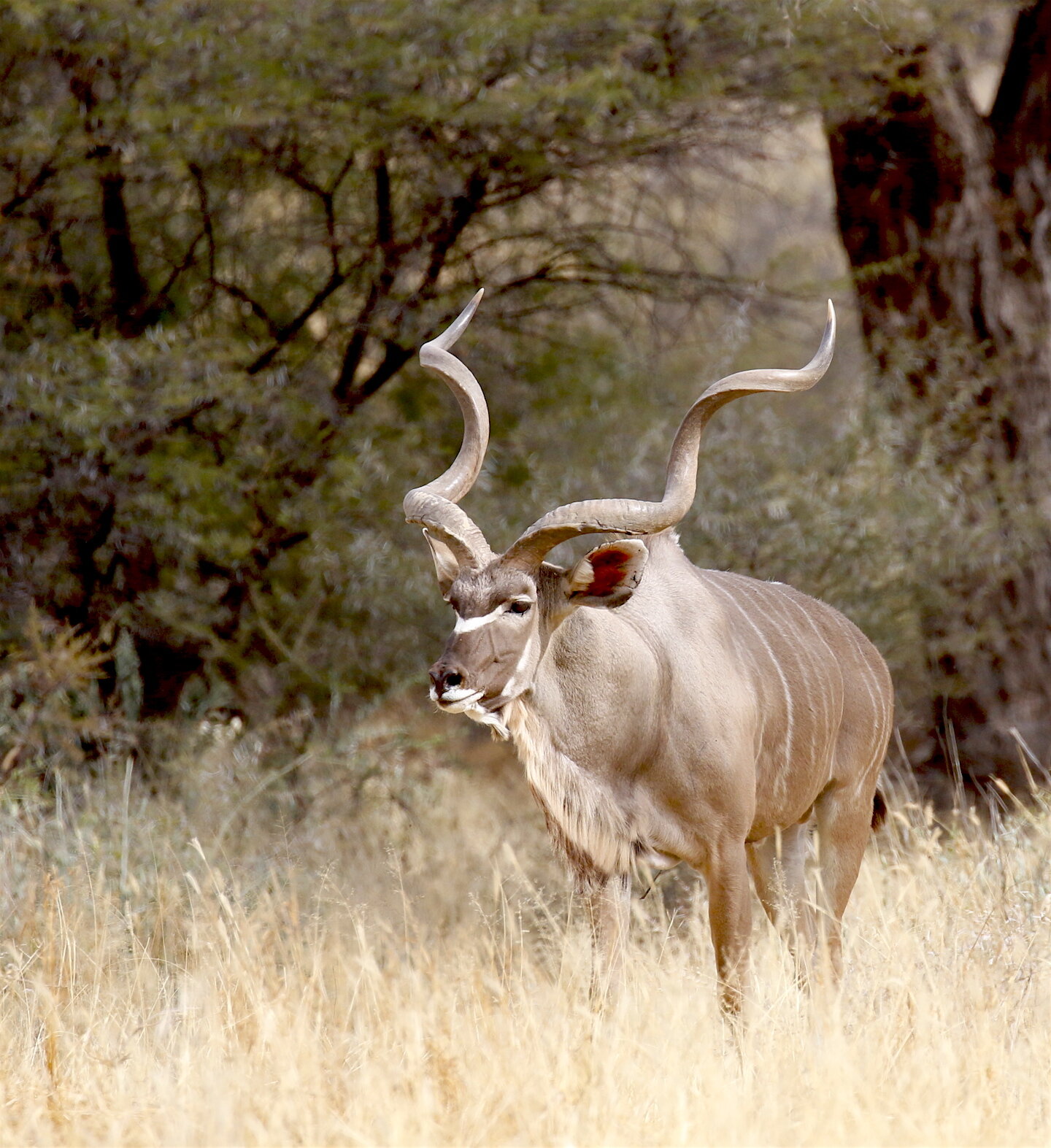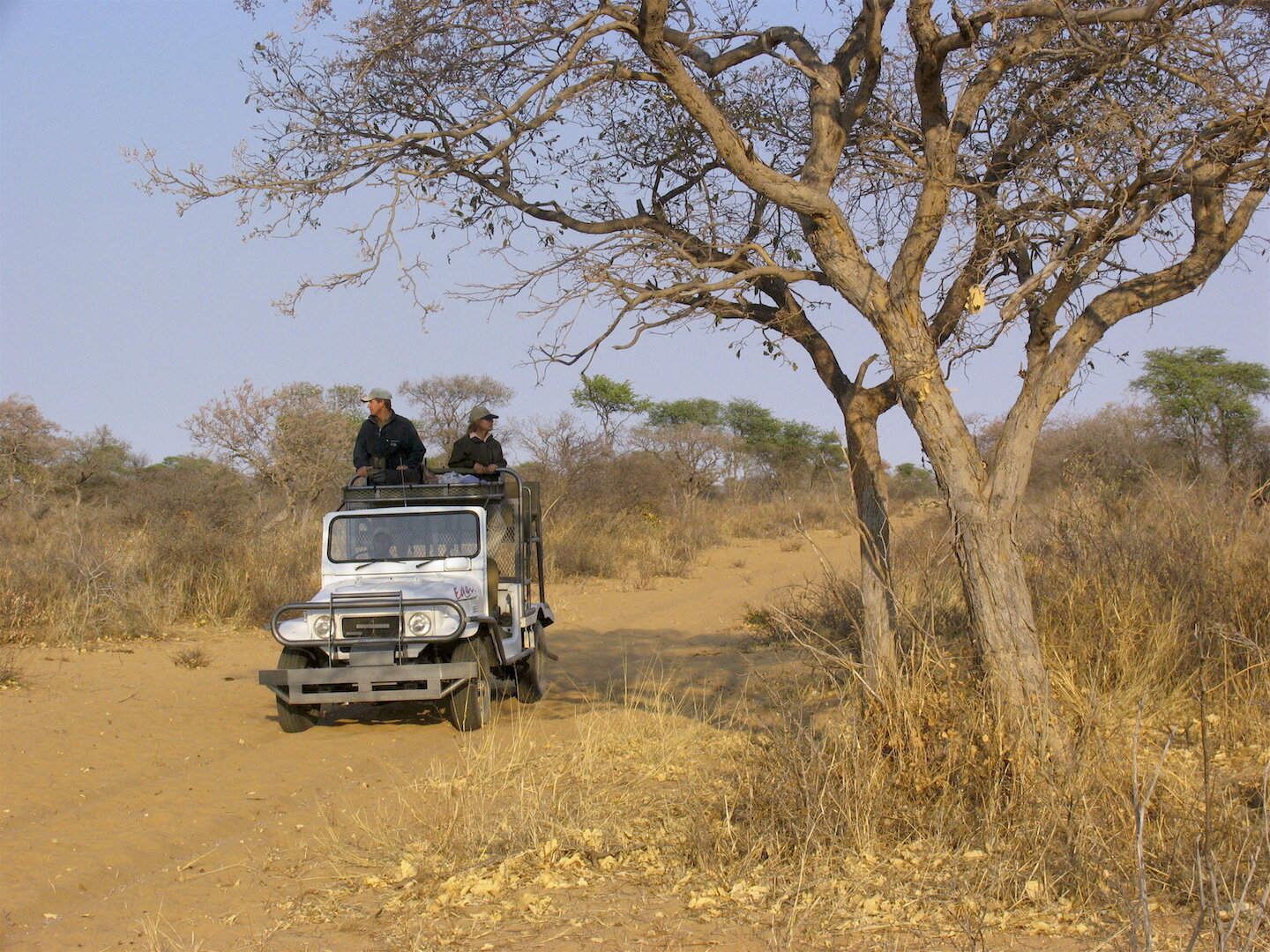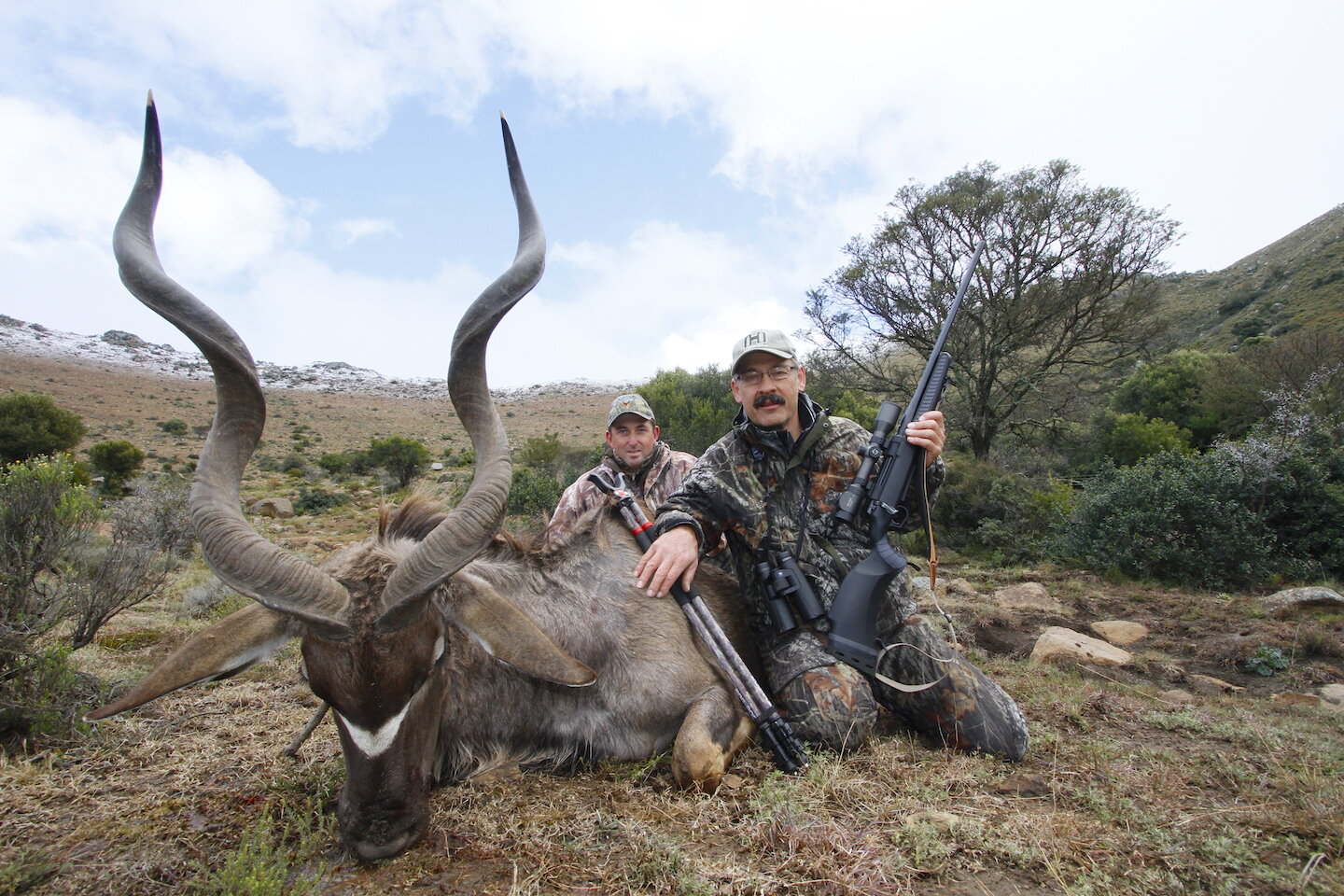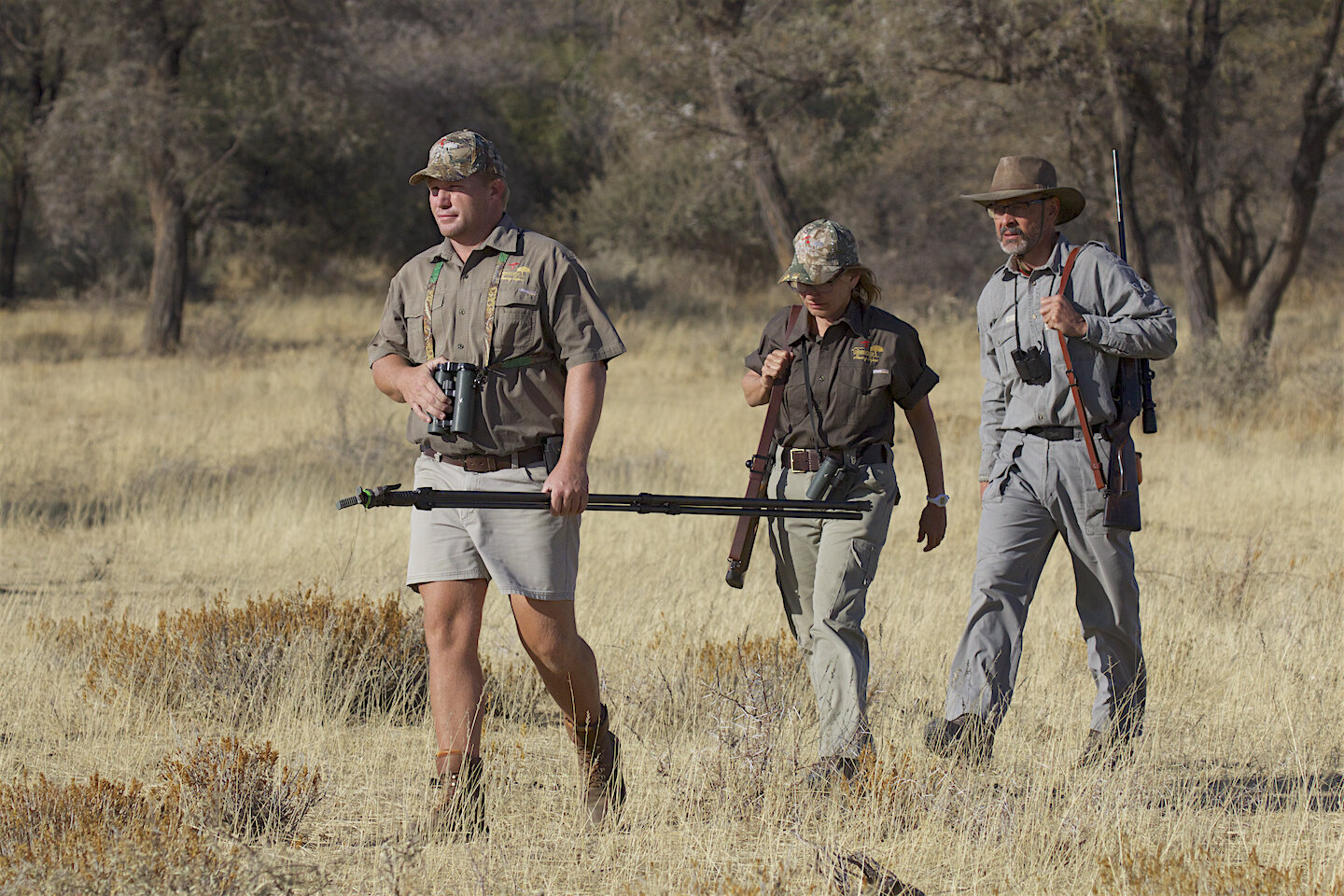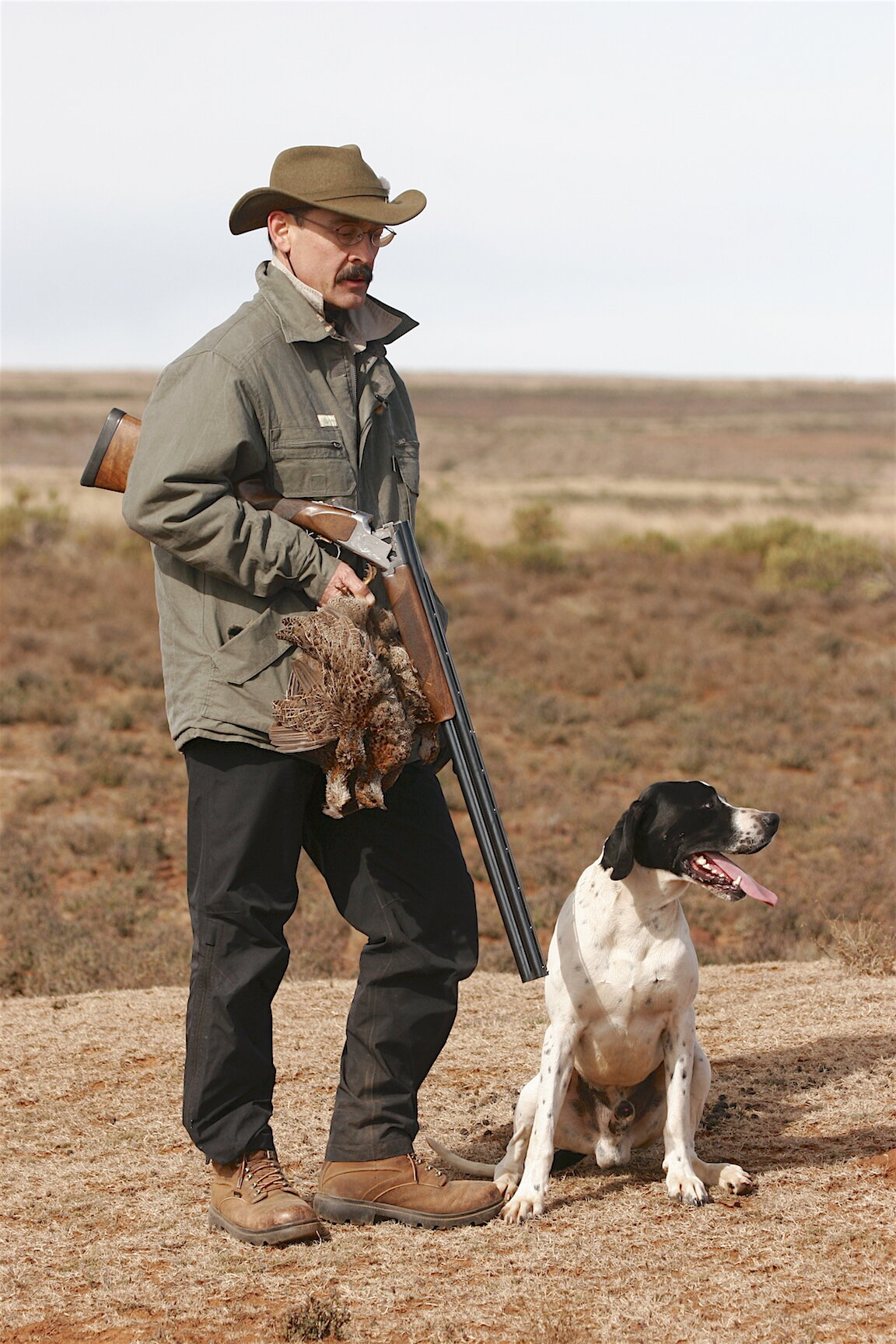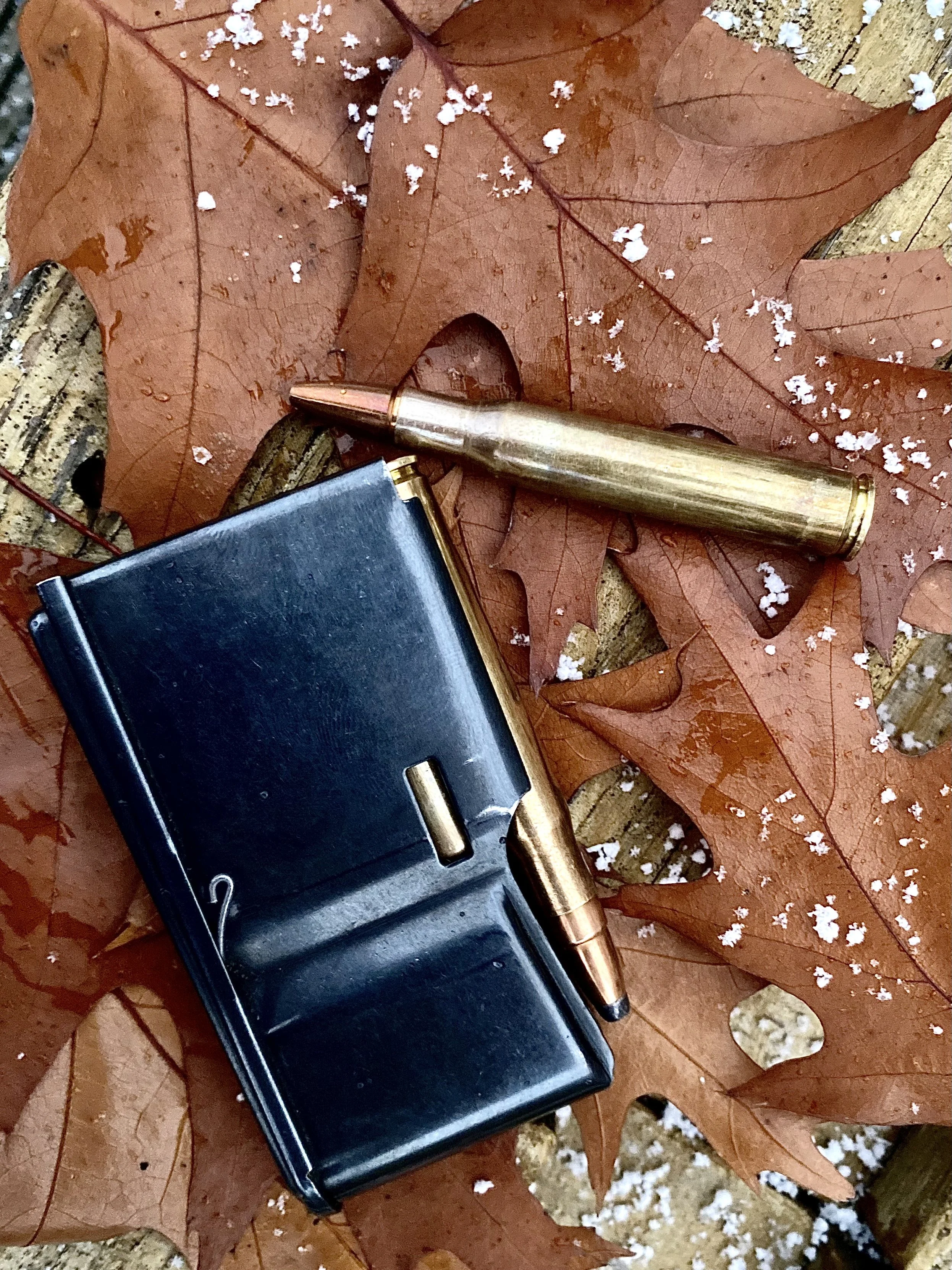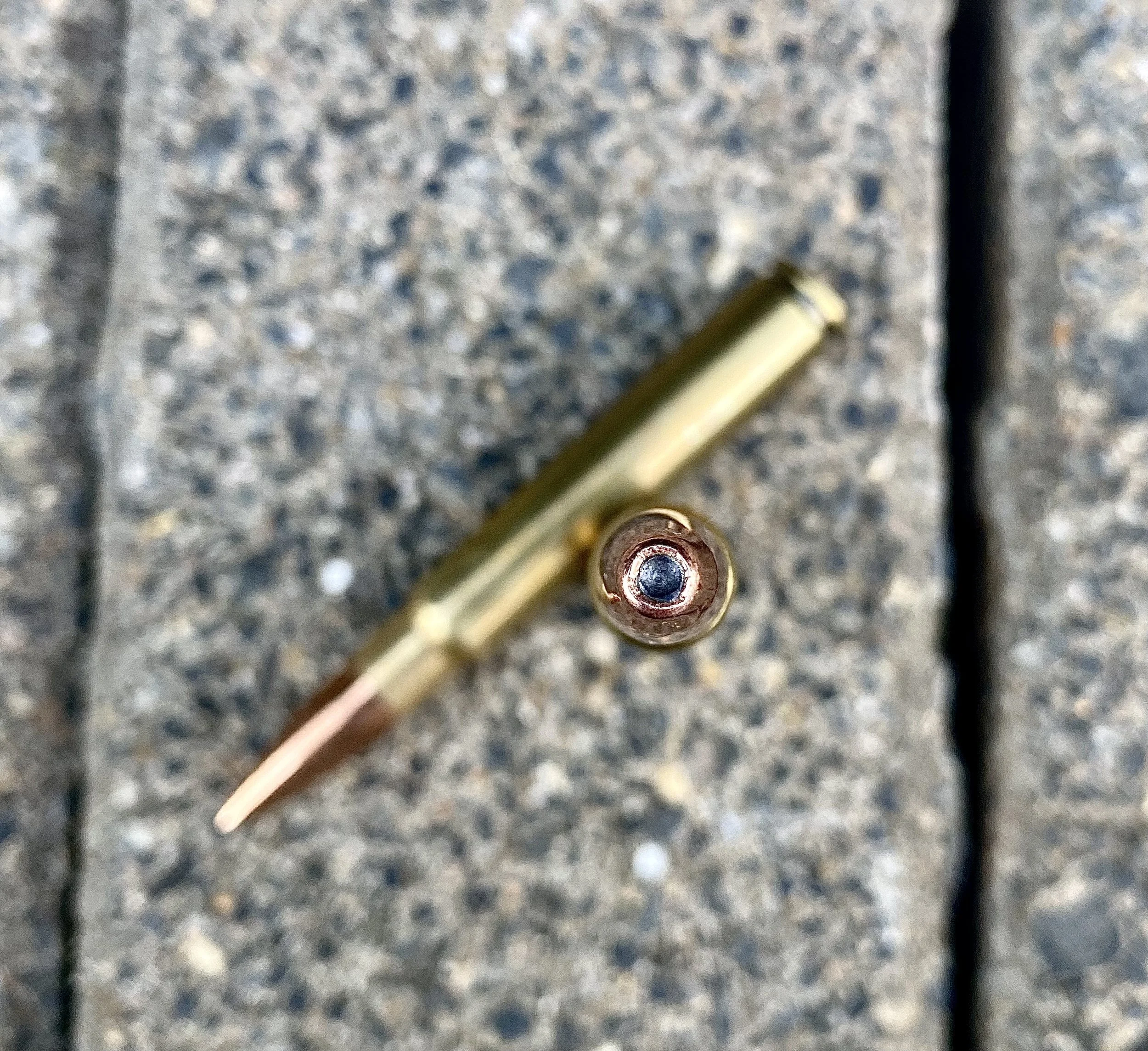Best Africa Safari Clothing
One of the easiest tasks in preparing for an African safari is selecting clothing. This is Africa, not Alaska. The best Africa safari clothing does not require massive insulation and rain proofing -- although a little doesn't hurt. And a bunch of it often saves the day.
Of course, Africa is a huge continent with diverse weather, but remember: we’re planning an inexpensive Plains Game hunting safari in southern Africa, which is largely desert or semi-desert with moderate climates and limited rainfall. You can forget about steamy jungles. Our summer is their winter. But South Africa straddles the 30th parallel south. That’s the equivalent of San Antonio, Texas.
In other words, you can expect dry weather with temperatures generally falling to 32-degrees F. at the lowest and rising into the high 70s or low 80s. From May through September precipitation is rare. That said, the farther south you go and the higher you go, the colder and wetter it’s likely to be. I’ve been rained on near Durban, South Africa, while hunting free-range kudu and nyala with Crusader Safaris. Come to remember, I’ve hunted in snow during two different years hunting with Crusader. One July the thermometer fell into the teens and the ranch pipes froze. Extreme southern Africa can be cold! So let’s take that into consideration as we plan our clothing allotment. You can always take it off, but you can't layer it on if you don't have it.
Cotton is King in the Best Africa Safari Clothing
Cotton works well in Africa for two reasons: it’s rarely wet and the locals have a tradition of laundering and ironing your clothing for you. Double check with your outfitter on this, but if he offers laundry service, cotton will hold up best to the extremely hot irons they’re used to slingingover there.
Before we go deeper, let me outline how this laundry service generally works: At the end of a hunting day, you crumple your dirty clothes at the foot of the bed, beside the door or in any hamper your outfitter instructs you to use. In the morning you dress in your second suit of hunting duds. While you’re afield, housekeeping will gather up your laundry, wash, dry and iron it. When you return at the end of the day, it should be pressed, folded and stacked on your bed! Repeat.
This is why many outfitters will tell you to bring just two sets of hunting clothes, which makes for some light baggage going over. My experience, however, suggests taking a bit more for these reasons: at some camps, this laundry service isn’t always prompt. Going to dinner in dusty, sweaty and sometimes bloody hunting clothes isn’t fun. Nor is flying to and from Africa in a hunting outfit necessarily comfortable. For this reason, I pack at least one complete outfit for travel and dining. And what if you rip, burn or lose a garment? Backups are a smart idea.
Best Africa Safari Clothing Requires Pants
Don't get caught with your pants down! PHs are famous for wearing warm jackets on cold morning drives — and short pants. You can spot these guys by the blood running down their legs. The idea, I’m told, is that bare legs don’t rasp against thorns, alerting game. (Gasps of pain sometimes do.) Nor do bare legs rip and tatter so badly that, unlike pants, they need to be sewn or replaced. Well, sometimes they need to be sewn.
I hunt in long pants. I like bloodless legs. And I’ve been successful at sidling around thorny brush rather than plowing through it. I neither rasp nor bleed. I’ve got some thin cotton pants that have emerged intact from four thorn-country safaris. So have my legs.
If you’re undecided as to long or short pants, get trousers with zip-off lower legs. They’re versatile. I have some, but rarely zip them off. If you go with normal length, get them loose enough to be comfortable (no binding,) but not so baggy that they flop, flap and easily catch brush. Straight-leg jeans are about the right cut, but a bit too heavy when it warms. They’reslow to dry, too. I’ll introduce a lighter cotton option further along here.
Pockets can be few or numerous. I find cargo pockets snag too easily on thorns and limbs and anything heavy in them flops and slaps against my leg. An exception might be a light balaclava and gloves. (Leather gloves are great for crawling in sand.) Other than that, there’s just not that much stuff to carry on most plains game hunts. You usually return to the car or camp by mid-day. Your PH will usually have an assistant along to carry a pack of essentials like water, snacks and first aid kit. About all I pocket are compass, fire starter, lip balm, aspirin and a few rounds of ammo. Most of that goes into my shirt pockets. Because I’m always lugging a camera, I wear a small fanny pack for it plus lenses, battery, memory cards, spare glasses, water, etc.
I like pant legs fairly long to cover my boot tops. This helps keep out sand, thorns and dust. My shorts-wearing guides are often stopping to pour debris from their boots. I can hike all day without unlacing.
Best Africa Safari Clothing: Keep Your Shirt On
With shirts I like the traditional, long-sleeved, button down safari shirt with two breast pockets and functional epaulets. Those are the button down flaps atop each shoulder. In addition to looking oh-so-cool, they actually do something. They secure binocular and camera straps. I rarely button the epaulet over a strap. I just let the epaulet’s button catch the edge of the strap. This way I can remove the items in a hurry. I’ve found that epaulets are effective for preventing rifle slings from sliding off my shoulder, too.
Button downs make it easy to open a shirt front for cooling ventilation. Tuck the tails in for warmth, remove for additional air flow. Roll the sleeves up to cool, down to warm. Most good safari shirts will include a sleeve strap that’s supposed to secure a rolled up lower sleeve to a button on the upper sleeve. Nice idea, but virtually every one of these I’ve seen is too long and or attaches too far down the upper sleeve. The result is my roll ends up right in my elbow bend where it’s maximally bothersome. Look for a higher attachment button or remove and resew it at home for a custom fit.
When selecting shirts, make sure the pockets are wide and deep enough to hold what you want to carry. For me this is usually passport, credit card and other papers while traveling, smart phone (camera function) and small items while hunting. I put a cartridge in each pocket of shirts, pants and jackets so wherever I search in a panic, there one is! So far, no panic grabs have been necessary, but tomorrow is another day.
Best Africa Safari Clothing Weight for Comfort
Choosing the weight of your cotton material can be challenging. What’s too heavy for the heat and what’s too light for the cool? Most mornings you’ll be driving to a hunting spot, often riding in an open truck box. Brrr. But in the afternoons you’ll be hiking in the heat. Whew! Do you bring heavyweight clothing for morning and lightweight for mid-day? Heck no! You don’t have time for major wardrobe changes. Here’s my solution: I take light-to-medium shirts and pants, depending on average temperatures where and when I hunt. Then I bring a light, nylon, zip-off wind breaker/rain pant, a down vest, a fleece jacket or quilted cotton jacket plus a Gore-Tex rain jacket. Add gloves and a fleece balaclava or stocking cap and you're set for nearly anything southern Africa can throw at you, even that South Africa snow.
The only other two garments you might want to consider are top and bottom base layers. I love Merino wool. These are great for adding warmth. The problem is you have to strip to nearly nothing to get them off. And by mid-morning you’re almost always wanting them off. Still, they weigh almost nothing and take up very little room. I’ve been darn glad to have them during several cold snaps over there.
A bird hunter with dog wears insulated jacket and Gore-Tex wind breaker pants, part of the Best Africa safari clothing.
Best Africa Safari Clothing Colors
Most PHs recommend dull earth colors in clothing. Camouflage patterns are okay in some countries, frowned upon or even banned in others. Or so I’m told. I’ve yet to have any camo clothing confiscated, and many PHs are wearing it. But many frown on it, so ask before you show up looking like a desert ninja. You’ll be safe with sage green, dark green or browns and grays. Stay away from the classic so-called khaki color. In most cases this is too white. That’s great for reflecting sun in hot, jungle climates, but it stands out like neon to game. Black has the same effect at the other extreme.
How Much To Take?
Again, if good laundry service is guaranteed, two hunting outfits and one travel outfit should suffice. But what if you rip or tear something beyond repair? If a leopard of buffalo hits you it won’t matter. You’ll be flashing your backside in a hospital gown. But if a particularly violent thorn bush lays into you — or you bend too strenuously and rip out your pants seat — you might want backup. Stuff your duffle, weigh it and consider carefully. The more you pack and haul, the more trouble and expense you’ll incur. I've found three hunting outfits and a spare travel shirt effective insurance. I save most of my space for plenty of insulating layers because southern Africa from Zimbabwe on down is often a lot colder than most of us have been led to believe.
Shopping Made Easy for Best Africa Safari Clothing
Brands come and go and styles/materials within brands change, too, but here are items I’ve tested and found eminently suitable for safari wear. You may already have most of what you need in your closet, but if you need to tweak your wardrobe... (We'll cover socks and boots in our next installment. Stay tuned!)
Shirts: TAG cotton Trail Shirt is one of my favorites. Soft, comfortably cut and they don't wrinkle much. I've also had good luck with Boyt Harness Co. Long Sleeved Safari shirts.
Pants: This TAG cotton pant is the one that has been with me on my last four plains game safaris. Light but amazingly durable.
Balaclava: Here's a light, simple fleece balaclava that's kept my head and neck warm around the world.
Rain Jacket: I've had good luck with Browning rain jackets. Simms rain jackets are among the best I've ever worn, and this Hyalite shell is their least expensive. Get the Clay color, not the orange!
Rain Pants: These black rain pants aren't the perfect color, but the price and features are right. If you want a light, packable camo pant, this Browning Hell's Canyon should serve you well.
Down Vest: This inexpensive down vest is light, packable and a nice brown color.
Fleece Jacket: This hooded, soft-shell fleece jacket is water-resistant and a great color for Africa. A Mossy Oak camo jacket I like is this Browning Hell's Canyon soft-shell.
Insulated Jacket: Here's a TAG insulated cotton field jacket I've been happy to have in my bag during several cold Africa safaris.Merino Wool Base Layers: These are never inexpensive, but they're the ultimate in base layer comfort without the stink you sometimes get with polyester. Here's a lightweight bottom and here's the matching top. During some 14 safaris in five southern African countries, Ron Spomer has learned just enough to think he'll pack perfectly the next time.


